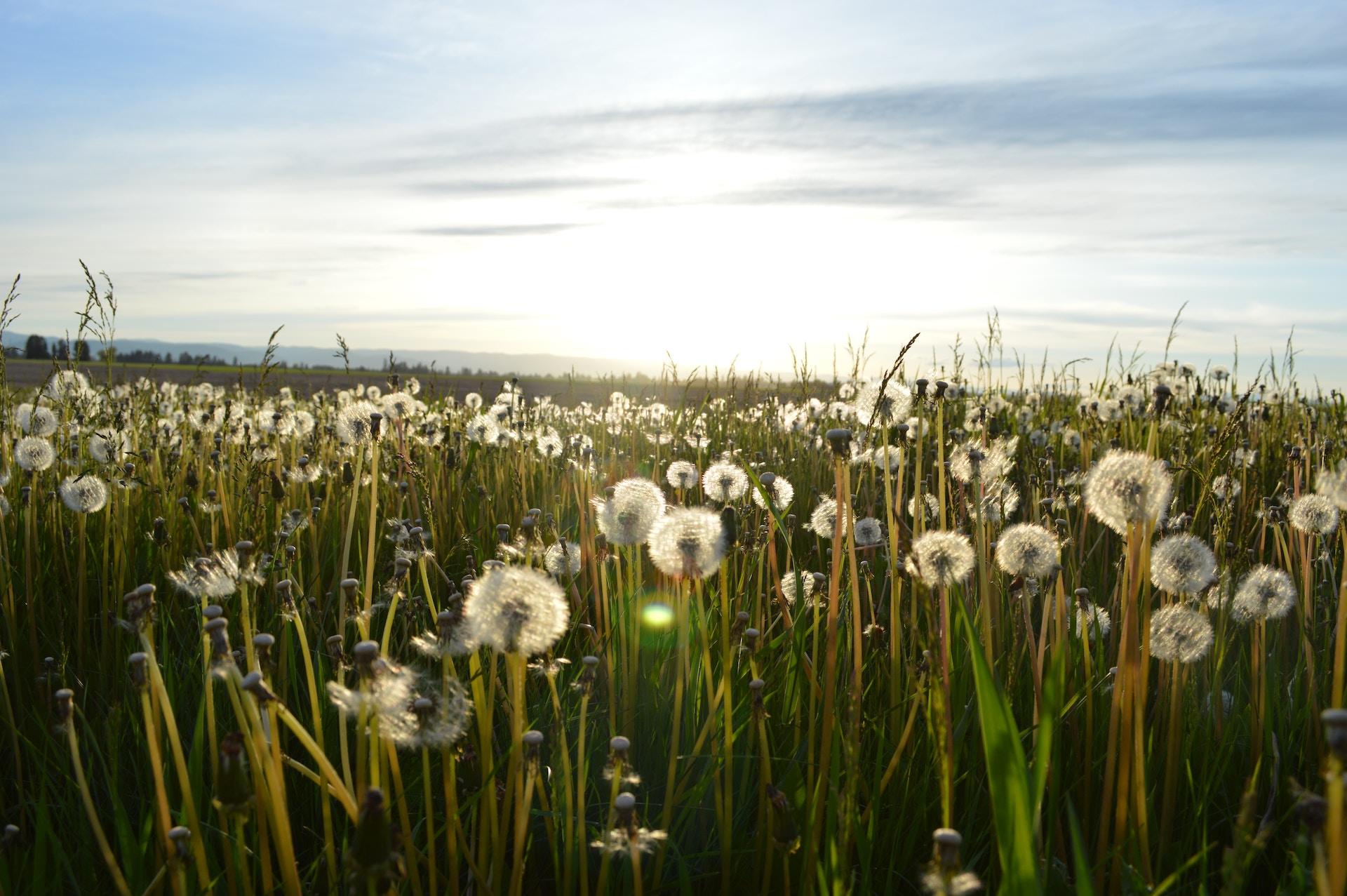You are here
Be A Better Gardener: We're In the Weeds Now
Be A Better Gardener: We're In the Weeds Now
by Thomas Christopher
The most common garden chore at this time of year is weeding. My wife Suzanne enjoys this activity. A morning spent purging a garden bed gives her the sort of immediate gratification that is rare in her career as an environmental scientist, where research projects commonly take years to come to fruition. I, by contrast, hate weeding. I’ve been pulling and hoeing weeds ever since I began picking up work in neighbors’ gardens when I was a teenager more than 50 years ago. It gets harder to do the necessary stooping every year, and the weeds seem to taunt me with their quick return.
Still, I do it. After all, the importance of limiting competition from unwanted plants in the garden is undeniable. Weeds suck up moisture and nutrients that your chosen plants need. Because they typically grow faster, weeds will often overtop your horticultural treasures, robbing them of sunlight. Most gardeners find weeds' rank growth unsightly, and they may harbor pests and diseases that can jump to your garden treasures.
Yet when I do battle with the weeds, I often recall the insights shared with me more than a dozen years ago by Dr. Lewis Ziska, a plant physiologist who was then researching weeds at the U.S. Department of Agriculture laboratories in Beltsville, Maryland. As Dr. Ziska pointed out, I might not like weeds, but they are essentially the creation of people like me. That is, weeds are by definition plants that humans do not like. Arguably, there were only plants until people started cultivating certain species for food about 11,000 years ago and decided that other plants were unwelcome in their plots.
Likewise, it is we that, to a large extent, made weeds the irrepressible force that they are. Most of our most troublesome weeds started their existence as pioneer plants, species that are adapted to taking advantage of gaps in the vegetation caused by natural events such as fires, floods, or windstorms. When such events strip away the plant cover and disturb the soil, these pioneers quickly move in. By doing so, they prevent soil erosion while helping to restore soil fertility and so serving as a foundation for succession by other, longer-lived species. Pioneers also provide habitat and food for wildlife.
Several characteristics familiar to any gardener who has ever battled weeds are common among the pioneers. They tend to be fast-growing. They are commonly prolific, prodigious in the production and distribution of their seeds and spores, and often experts at spreading through roots and runners.
When farmers and gardeners began to clear the land, the pioneers leaped in to repair the ecological damage. When we, in response, attacked the pioneers, they evolved means of defeating our strategies. Indeed, many of the most successful weeds evolve amazingly quickly. Dr. Ziska told me of the work of a colleague of his at the USDA, James Bunce, who found that dandelions can change their genetics within the space of one year to take advantage of an atmosphere artificially enriched with carbon dioxide. Farmers and gardeners have long encouraged this ability to adapt by continually subjecting weeds to new threats. The weeds that adapted fastest were the most successful in defeating their human enemies.
Our attacks have also encouraged weeds to take a very different path from that of cultivated plants. Humans have routinely focused on enforcing genetic uniformity in the plants they grew. This made them easier to cultivate, harvest, and process. This kind of predictability is also cherished by garden designers, who want their plants to perform as expected. Weeds, however, rely on diversity because that makes the population as a whole more resilient. In a genetically diverse population, there are more likely to be individuals with the ability to withstand any new threat or to take advantage of a new opportunity. Our relentless attacks with hoes and herbicides have only made this characteristic more valuable.
Dr. Ziska pointed out that in a time of rapid environmental change, the weeds’ strategies are likely to prove more successful than traditional farming and gardening practices. We need to value diversity, re-introducing it into our genetically impoverished crops and garden plants by interbreeding them with their wild ancestors and relatives. As insect populations crash, the weeds’ hospitality to this class of wildlife becomes valuable, too. Certainly, we as gardeners need to overcome our addiction to uniformity. Just as I need to develop a different emotional response to this ancient and inevitable element of our craft.
Be-a-Better-Gardener is a community service of Berkshire Botanical Garden, located in Stockbridge, Mass. Its mission, to provide knowledge of gardening and the environment through a diverse range of classes and programs, informs and inspires thousands of students and visitors each year. Thomas Christopher is a volunteer at Berkshire Botanical Garden and is the author or co-author of more than a dozen books, including Nature into Art and The Gardens of Wave Hill (Timber Press, 2019). He is the 2021 Garden Club of America's National Medalist for Literature, a distinction reserved to recognize those who have left a profound and lasting impact on issues that are most important to the GCA. Christopher’s companion broadcast to this column, Growing Greener, streams on WESUFM.org, Pacifica Radio and NPR and is available at berkshirebotanical.org/growinggreener.
Help Our Garden Grow!
Your donation helps us to educate and inspire visitors of all ages on the art and science of gardening and the preservation of our environment.
All donations are 100 percent tax deductible.


